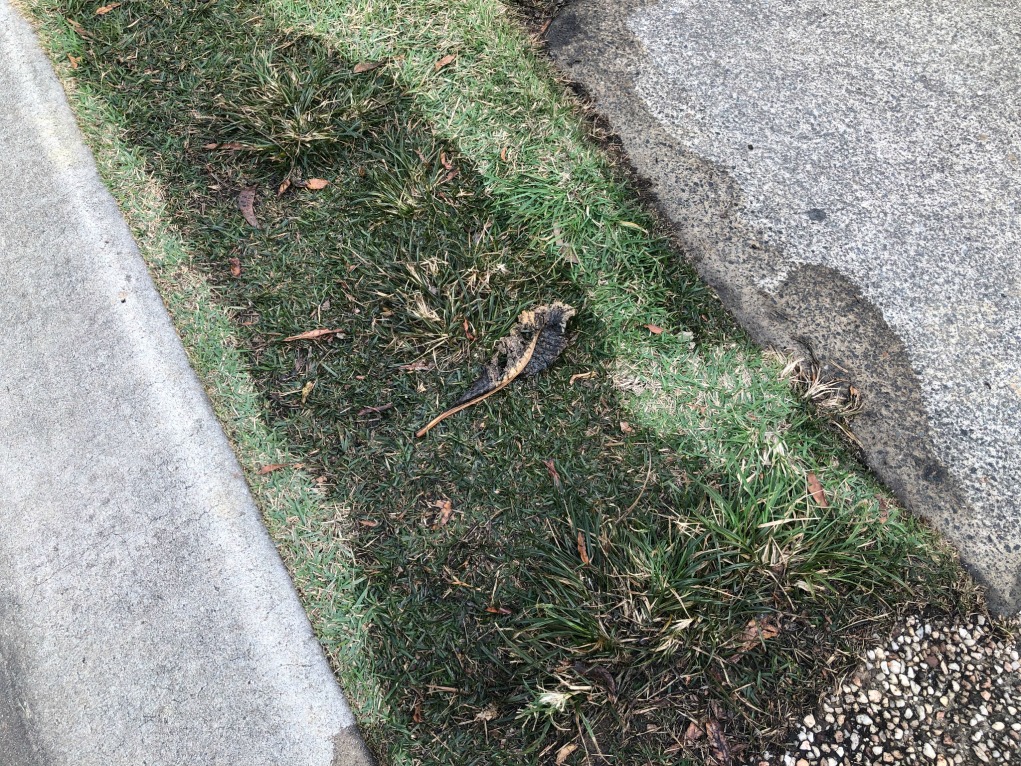Nearly everybody has got his or her own conception involving Hacks to detect leaks.

Early discovery of leaking water lines can mitigate a potential catastrophe. Some tiny water leakages might not be visible.
1. Examine the Water Meter
Every home has a water meter. Inspecting it is a surefire manner in which assists you uncover leakages. For beginners, switch off all the water sources. Guarantee no one will certainly flush, use the faucet, shower, run the cleaning equipment or dish washer. From there, most likely to the meter as well as watch if it will alter. Considering that no one is utilizing it, there should be no motions. If it moves, that suggests a fast-moving leak. Likewise, if you spot no changes, wait an hour or 2 and check back again. This indicates you may have a sluggish leak that might even be below ground.
2. Examine Water Intake
If you spot unexpected changes, regardless of your consumption being the very same, it means that you have leaks in your plumbing system. A sudden spike in your costs indicates a fast-moving leak.
Meanwhile, a consistent rise each month, despite having the exact same routines, reveals you have a slow leak that's likewise gradually rising. Call a plumber to thoroughly examine your residential or commercial property, especially if you really feel a warm area on your floor with piping underneath.
3. Do a Food Coloring Test
30% comes from toilets when it comes to water consumption. Test to see if they are running effectively. Decrease flecks of food color in the storage tank as well as wait 10 minutes. If the shade in some way infiltrates your bowl throughout that time without flushing, there's a leakage between the tank as well as dish.
4. Asses Exterior Lines
Don't forget to check your outside water lines too. Examination spigots by connecting a garden hose. Ought to water leak out of the link, you have a loosened rubber gasket. Change this and guarantee all connections are limited. It will aid obtain it properly checked out and kept yearly if you've got a lawn sprinkler system. One small leakage can throw away tons of water as well as spike your water expense.
5. Check and Analyze the Scenario
Property owners ought to make it a habit to check under the sink counters and also inside cupboards for any type of bad odor or mold growth. These two warnings show a leakage so timely focus is called for. Doing regular evaluations, also bi-annually, can conserve you from a major trouble.
If you recognize your home is currently old, keep a watchful eye on your heating units, pipes, pipes etc. Check for discolorations and weakening as most home appliances as well as pipelines have a life expectancy. They will also normally degrade as a result of tear and also put on. If you think leaking water lines in your plumbing system, don't wait on it to intensify. Call an expert plumber immediately so you do not end up with a horrible mess in your house.
Early discovery of leaking water lines can minimize a potential disaster. Some tiny water leakages may not be noticeable. Inspecting it is a surefire method that aids you find leaks. One little leakage can waste bunches of water and also spike your water bill.
If you suspect leaking water lines in your plumbing system, don't wait for it to intensify.
WARNING SIGNS OF WATER LEAKAGE BEHIND THE WALL
PERSISTENT MUSTY ODORS
As water slowly drips from a leaky pipe inside the wall, flooring and sheetrock stay damp and develop an odor similar to wet cardboard. It generates a musty smell that can help you find hidden leaks.
MOLD IN UNUSUAL AREAS
Mold usually grows in wet areas like kitchens, baths and laundry rooms. If you spot the stuff on walls or baseboards in other rooms of the house, it’s a good indicator of undetected water leaks.
STAINS THAT GROW
When mold thrives around a leaky pipe, it sometimes takes hold on the inside surface of the affected wall. A growing stain on otherwise clean sheetrock is often your sign of a hidden plumbing problem.
PEELING OR BUBBLING WALLPAPER / PAINT
This clue is easy to miss in rooms that don’t get much use. When you see wallpaper separating along seams or paint bubbling or flaking off the wall, blame sheetrock that stays wet because of an undetected leak.
BUCKLED CEILINGS AND STAINED FLOORS
If ceilings or floors in bathrooms, kitchens or laundry areas develop structural problems, don’t rule out constant damp inside the walls. Wet sheetrock can affect adjacent framing, flooring and ceilings.
https://www.servicemasterbyzaba.com/blog/how-to-detect-water-leakage-in-walls/

As a passionate reader about Top leak detection hacks, I think sharing that excerpt was a smart idea. If you appreciated our article if you please don't forget to pass it around. We cherish reading our article about Finding hidden leaks.